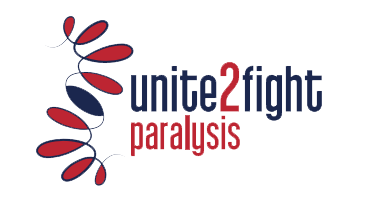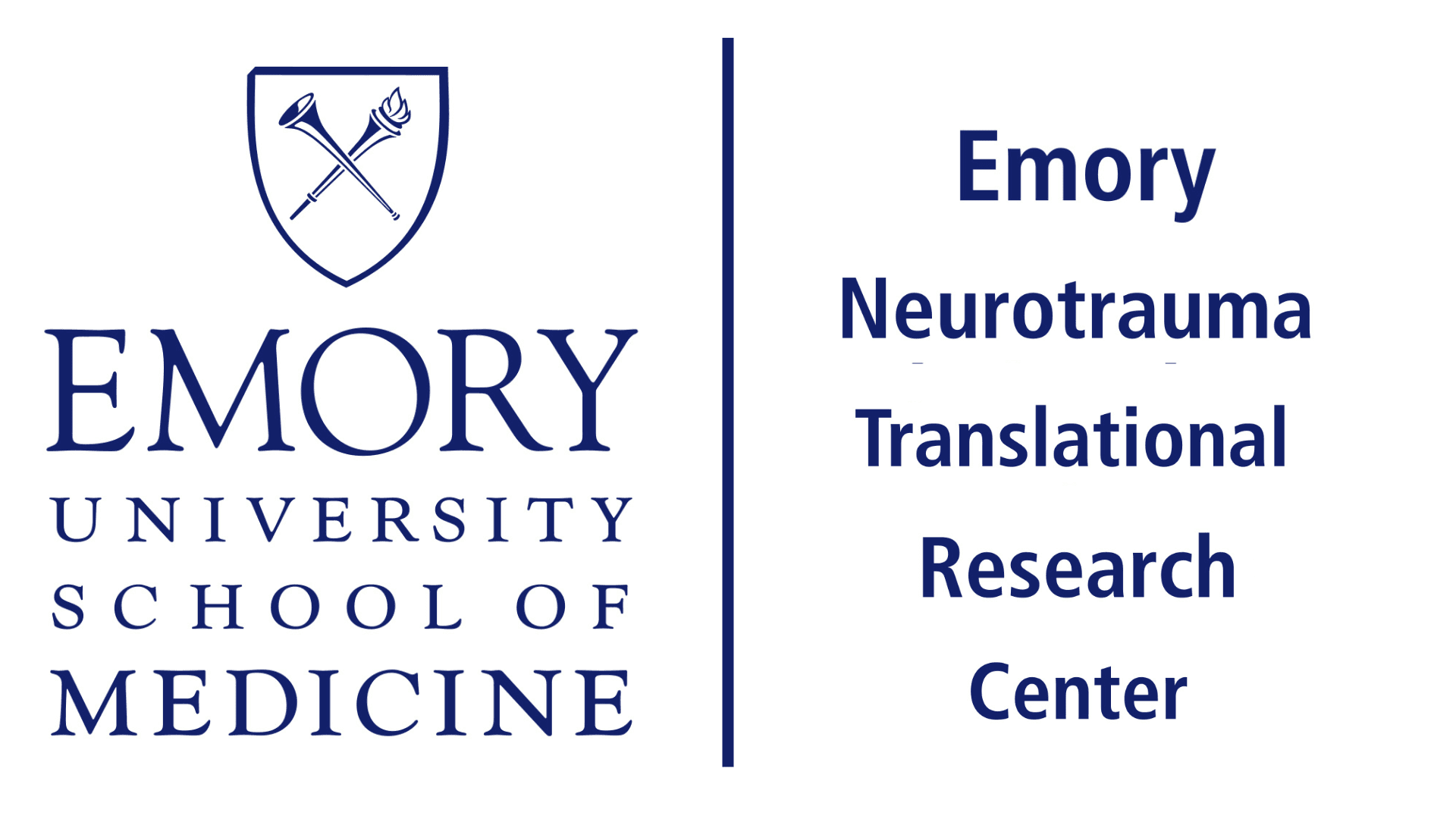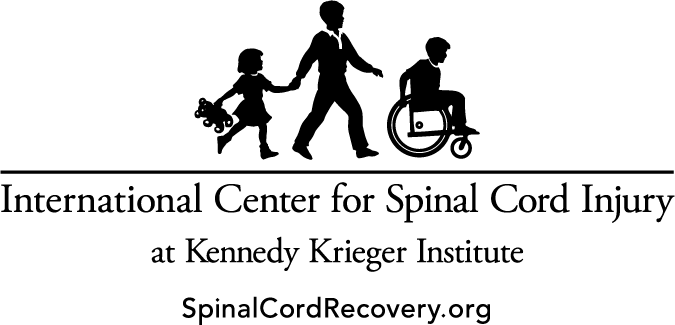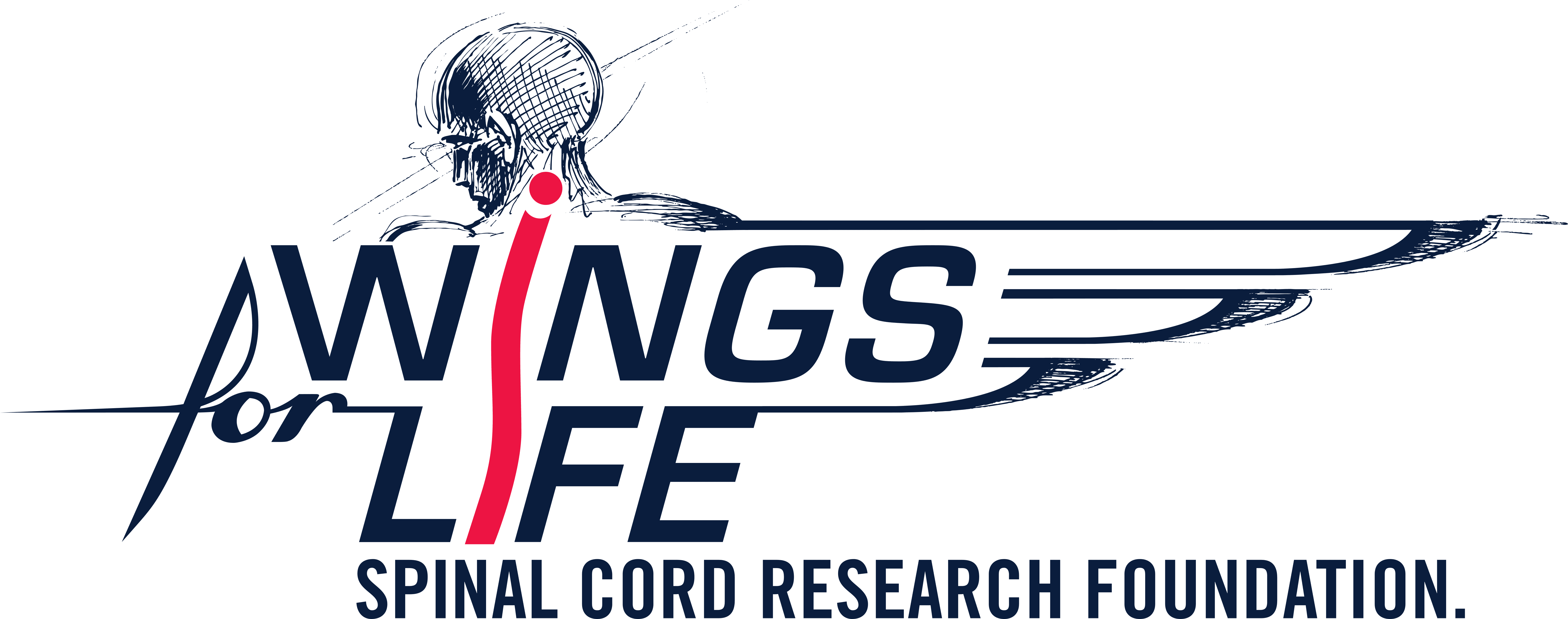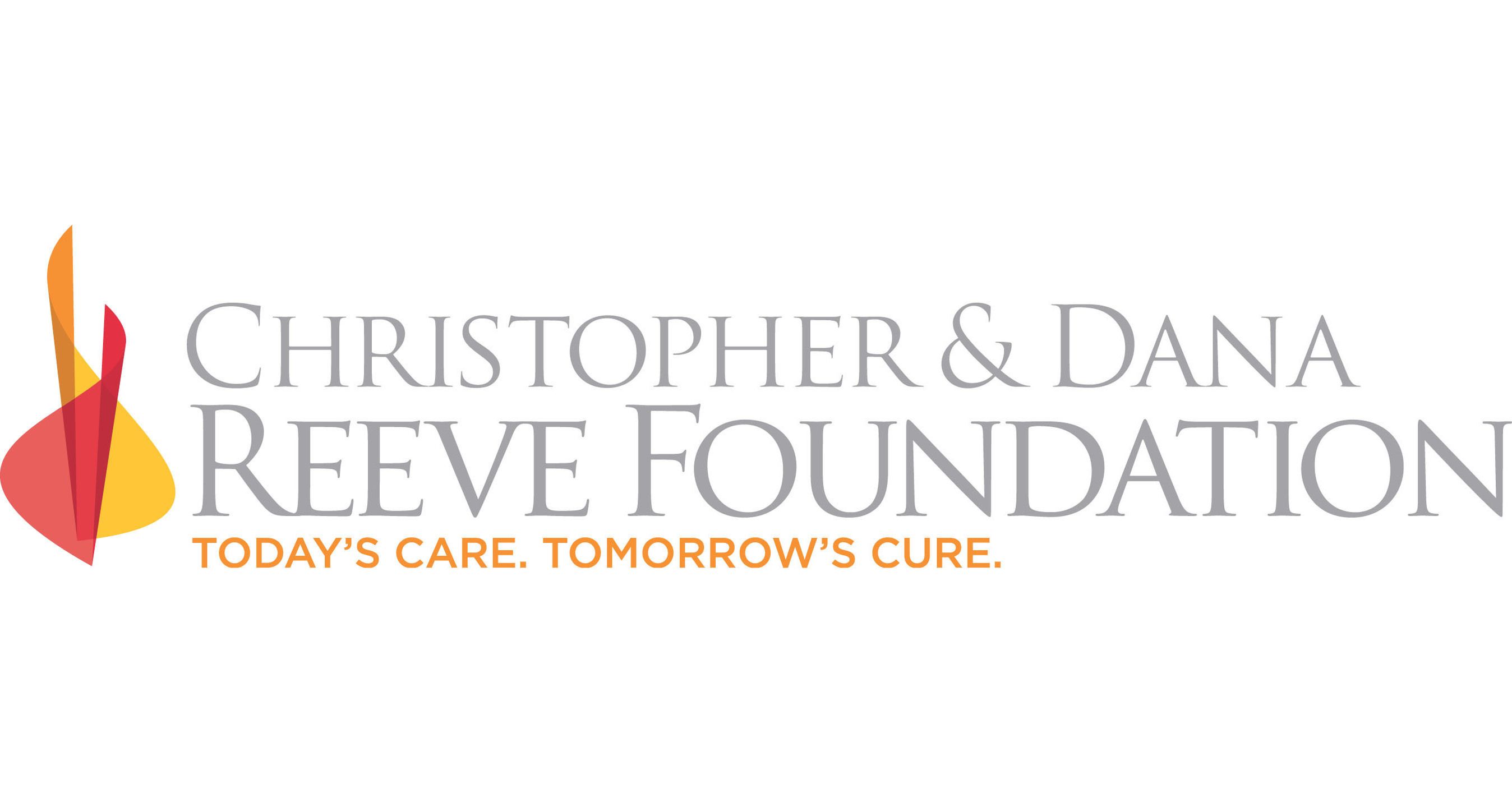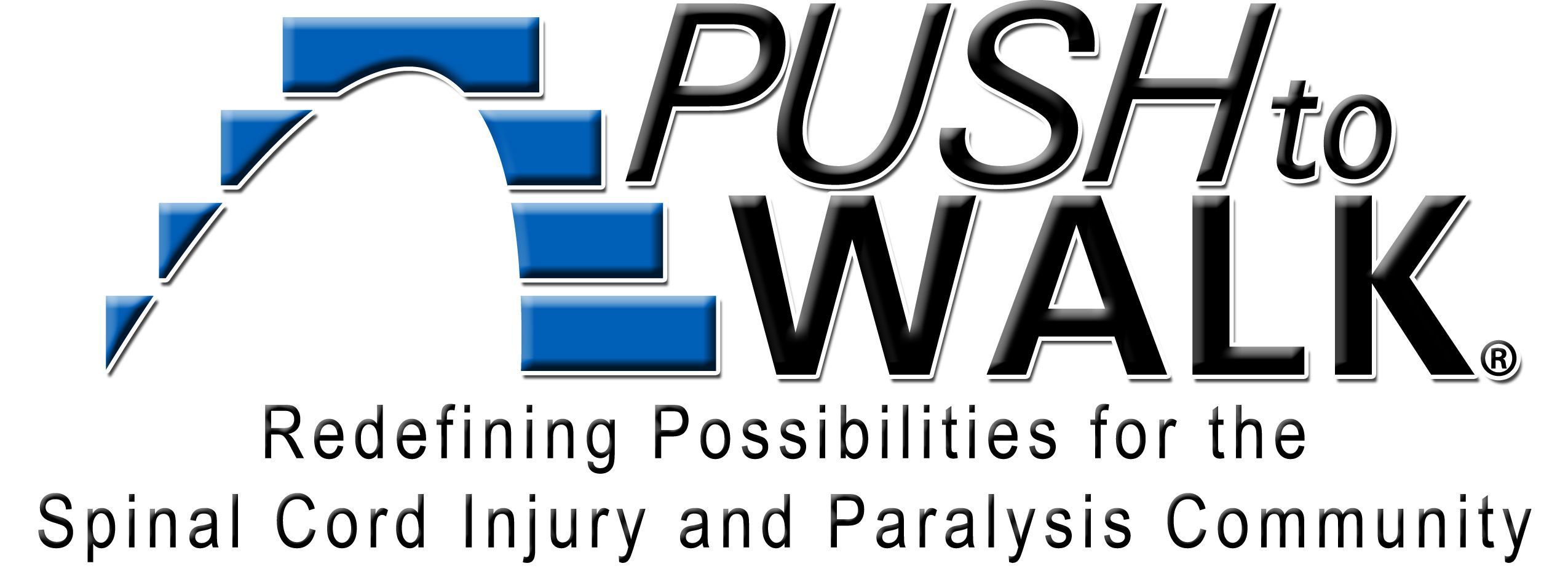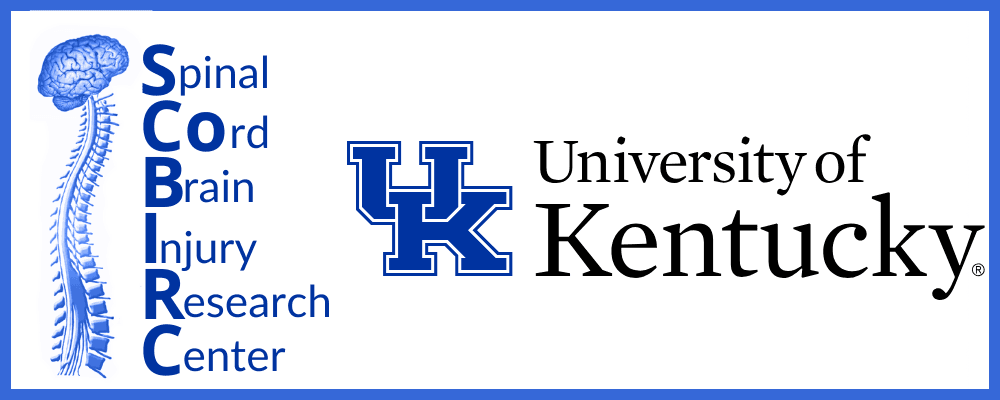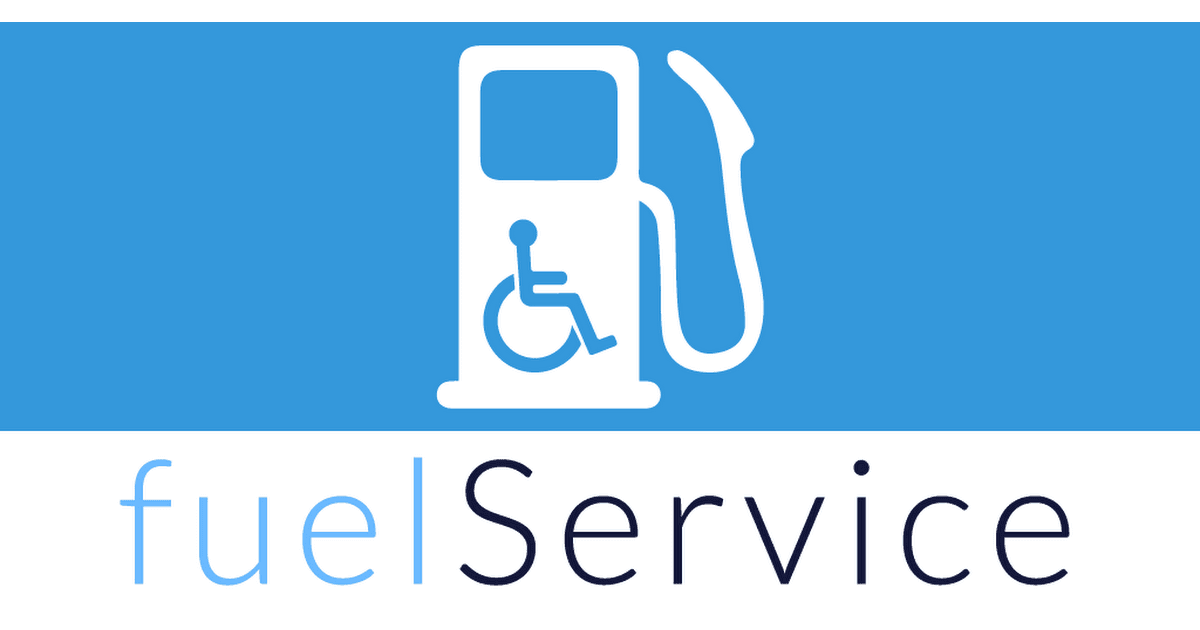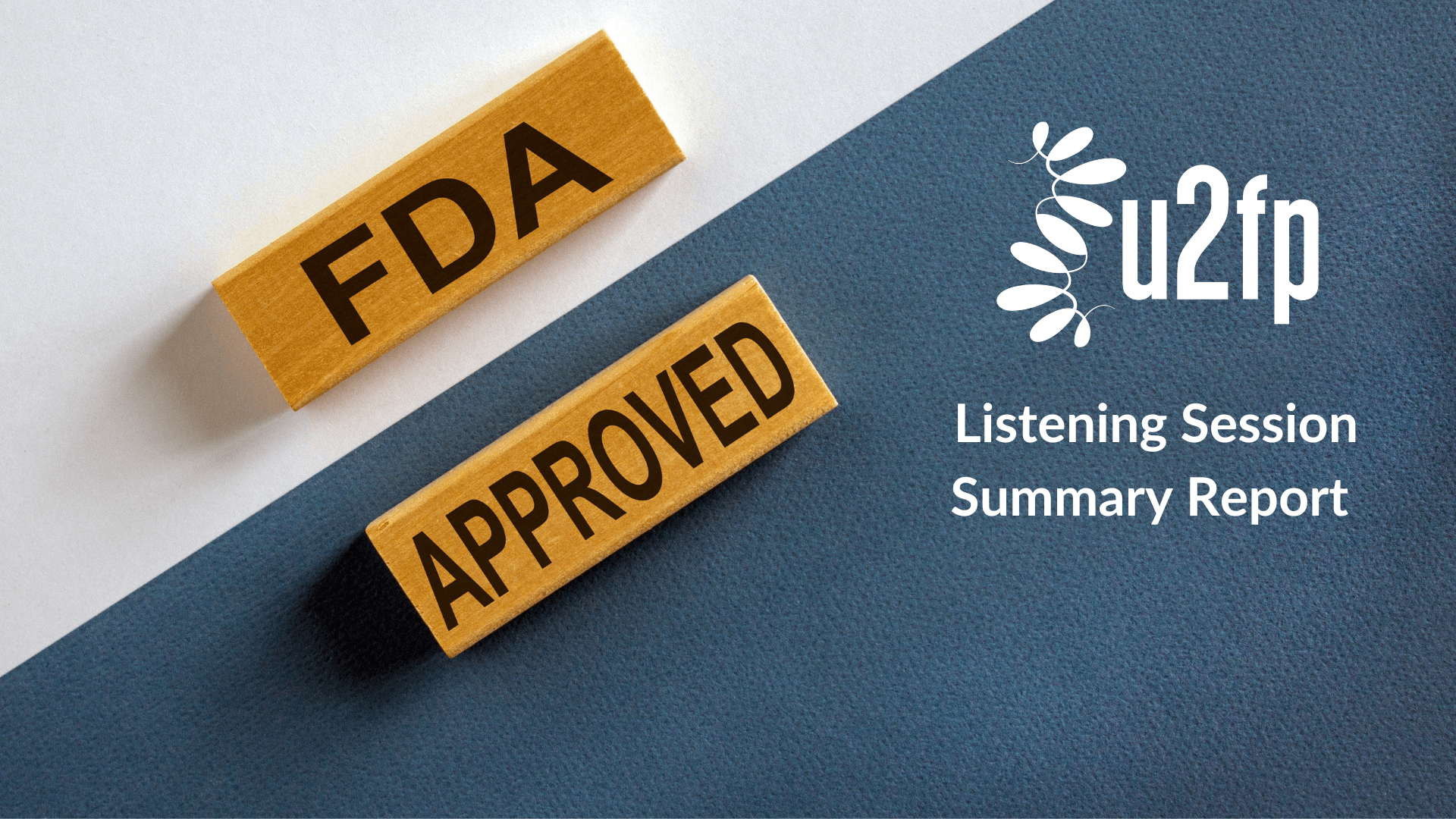
What follows is the final summary report from the Food & Drug Administration's (FDA) Listening Session which was organized by U2FP. The below report has been officially approved by the Patient Affairs Group at the FDA.
Opening Remarks: Description of Spinal Cord Injury (SCI) as a Multi-System Condition
SCI is a multi-system condition with a population of patients that exhibit a heterogeneous set of symptoms and secondary complications. It is not well served by traditional clinical trial designs with only one or two clearly defined primary outcome measures that must be met by the entire population of trial participants. We envision a model to encourage the development of treatments that address the whole of SCI as a multi-system condition rather than individual aspects of the injury.
To do that we want to see more flexibility in clinical trial designs that acknowledges the fact that any given treatment may help some symptoms in one subset of patients and different symptoms in other subsets. We believe this would address the fundamental challenge of assessing treatments across a wildly heterogeneous population.
We believe this topic addresses a critical challenge to the successful translation of future pharmacologic, biologic or device strategies. Instead of identifying a singular therapeutic intervention to treat hypotension, spasticity, neuropathic pain, lower or upper extremity volitional movement, neurogenic bowel / bladder, sexual dysfunction and so on, but rather may identify a pathway that has the potential to address some or all within targeted parameters relative to the level of injury, severity and clinical presentation.
We have invited seven individuals living with SCI representing multiple types of injury, levels of injury, duration of injury, ethnicity and gender. Our goal will be to share the experiences of living with the injury relative to our concerns about the effective translation and dissemination of novel and meaningful products to treat SCI.
Unite 2 Fight Paralysis organized this FDA Listening Session
Meeting Goals
FDA will:
- Gain a better understanding of the complex diversity of secondary complications inherent in living with spinal cord injury relative to level of injury and time since injury.
- Gain a better understanding of the challenges in determining shared desired outcomes from potential treatment relative to the diversity of lived experience.
- Gain a better understanding of our community’s concerns with determining singular efficacy targets relative to the diversity of complications and desired outcomes.
Meeting Topics:
Our experiences living with SCI, our efforts to accelerate discoveries to clinical relevance and recognition of the critical need for clear and sustainable therapeutic targets that are meaningful to our community.
Our concerns with the current conventions for assessing the efficacy of novel treatments relative to the complex diversity of needs and desires within the SCI community.
Our recommendation to consider SCI as a multi system body condition as a path to broaden the scope of effects from novel treatments within our diverse community.
Introduction provided by Unite 2 Fight Paralysis’ Executive Director:
Matthew Rodreick (father of son with a SCI) shared a presentation giving an overview of spinal cord injury (SCI), noting that the presentation listening session would address many of the nuances known and experienced by those in the SCI community. He then provided a frame to highlight the heterogeneity of the clinical presentation of SCI as well as the heterogeneity in preferences for recovery of function. He then suggested that FDA representatives consider that SCI represents a whole-body system problem which presents multiple challenges for assessing novel therapeutics through the lens of 1 or 2 primary clinical endpoints. He asked that FDA listeners consider this frame as they hear the personal testimonies.
Seven Patient Advocates shared their testimonies.
There was a strong focus on sharing the details of their day-to-day life with SCI, and an acknowledgment of the fact that regaining the ability to walk was one among many functional recovery priorities.
Dr. Kent New
- Started by apologizing for moving around oddly, explaining that he has trouble with his blood pressure dropping too low.
- Presentation included background information on his injury, professional life, and relationship to the FDA as a practicing neurosurgeon prior to injury.
- He noted that spinal cord injuries are not classified as a terminal condition, but that they ruin peoples’ lives.
- Often there is a sense that SCI are too complicated to try to treat, but that there are effective treatments in the works in research settings. He went on to speak to the complexities of getting treatments approved given the wide range of complications related to paralysis from SCI.
Jason Stoffer
- Gave personal background
- Critiqued the game of rating which functions you want back the most.
- Challenges with ambulation, bladder issues, sexual function, living a longer life - worries about finance and about not seeing children age.
- Wishes above all that he could get rid of the apathy within the community. People with SCI are worn down by the energy it takes to just go about daily lives, so there is no energy left to advocate for change. The term “fall asleep” - people say “wake me up when there’s a cure
- And then there’s a lack of urgency in the regulatory agencies like the FDA. They need to redefine urgence - just because it’s not “terminal,” there is an everyday death - not just the ten years less of life, but also the opportunities lost.
Allison Leatherman
- Almost 9 years out from injury. Loved her job, loved her life.
- Shared the complications of the injury, of being a quadriplegic. The terrifying sensation of waking up.
- Hard to breathe, hard to laugh, etc.
- Biggest effect was on mental health, realizing she’d never be able to be fully independent again. No one in her immediate circle could empathize with her.
- I want hand function back most of all.
- She has learned to live with it all. Despite how different her life is from how she wanted it to look.
Jesus Centeno
- Car accident at 11 years old.
- The injury was originally at C5, he was being taught how to drive an electric wheelchair with his neck, write with his mouth, which was terrifying. But he was able to gain some function over time.
- What matters to him the most would be to be able to move his fingers, and also bowel, bladder, and sexual function. Doesn’t really care if he walks again but recognizes the relationship between walking and other functions.
Quinn Brett
- Relentless, unexpected. Endless frustration, compounded by someone who pushed limits with her body as a professional climber.
- She doesn’t expect to run up a mountain again, but she’d love to stand and hug someone, and be able to pick something up from a high shelf.
- Shared a graphic of The Iceberg depicting the unseen complications of SCI
- Shared a Video of Jason and Quinn traversing the ‘Tour Divide’ in adaptive handcycle
Traci Fernandez
- Does not have a traumatic spinal cord injury, developed transverse myelitis at 38 years old - a rare condition. Just woke up one morning paralyzed.
- There is no warning to any type of SCI, nothing you can do.
- It impacts everything and everyone around you. Every step of your day.
- You go from helping people around you, to constantly having to ask for help. It is tiring for people around you. 80-85% of marriages dissolve in this situation.
- You can’t go to your friends' houses. You can’t ride in someone’s car. Non-stop constant planning of everything you do every day.
- Started multiple businesses and gives a percent of the profits to fund SCI research.
- So much of SCI research is siloed.
Leon Ford
- Cofounder of the Hear Foundation, sits on many nonprofit boards
- Has been injured over 10 years. Was shot 5 times by a Pittsburgh police officer.
- When he woke up from the injury, wanted to walk again, but over time, he realized he’d rather have pain management, bowel and bladder function, etc.
- Wants the FDA to think about the ways they could use their platform to help people improve their quality of life.
42 representatives of the FDA In attendance from the following offices/divisions:
Office of the Commissioner (OC) – 3 offices
- OC/OCPP/PAS – Office of Clinical Policy and Programs/Patient Affairs Staff (organizer)
- OC/OCPP/OOPD – Office of Clinical Policy and Programs/Office of Orphan Products Development
- OC/OCPP/OPT – Office of Clinical Policy and Programs/Office of Pediatric Therapeutics
Center for Biologics Evaluation and Research (CBER) – 4 offices/divisions
- CBER/OCD – Office of the Center Director
- CBER/OCD/PS - Office of the Center Director/Policy Staff
- CBER/OTP/OCE/DCEGM/GMB2 – Office of Therapeutic Products/Office of Clinical Evaluation/Division of Clinical Evaluation General Medicine/General Medicine Branch 2
- CBER/OVRR/DVRPA/CRB1 – Office of Vaccines Research and Review/Division of Vaccines and Related Product Applications/Clinical Review Branch 1
Center for Drug Evaluation and Research (CDER) – 7 offices/divisions
- CDER/OCD – Office of the Center Director
- CDER/OCOMM/PASES – Office of Communications/Professional Affairs and Stakeholder Engagement
- CDER/OND/ODES/DCOA - Office of New Drugs/Office of Drug Evaluation Science/Division of Clinical Outcome Assessment
- CDER/OND/ON – Office of New Drugs/Office of Neuroscience
- CDER/OND/ON/DNI - Office of New Drugs/Office of Neuroscience/Division of Neuroscience I
- CDER/OND/ONDPURM/DRDMG - Office of New Drugs/Office of Rare Diseases, Pediatrics, Urology and Reproductive Medicine/Division of Rare Diseases and Medical Genetic
- CDER/OTS/OB/DBI - Office of Translational Sciences/Office of Biostatistics/Division of Biometrics I
Center for Devices and Radiological Health (CDRH) - 11 offices/divisions
- CDRH/OPEQ/OHTI/DHTIA – Office of Product Evaluation and Quality/Office of Health Technology I/Division of Health Technology I A
- CDRH/OPEQ/OHTI/DHTIB– Office of Product Evaluation and Quality/Office of Health Technology I/Division of Health Technology I B
- CDRH/OPEQ/OHTI/DHTIC– Office of Product Evaluation and Quality/Office of Health Technology I/Division of Health Technology I C
- CDRH/OPEQ/OHTIII - Office of Product Evaluation and Quality/Office of Health Technology III
- CDRH/OPEQ/OHTIII/DHTIIIA - Office of Product Evaluation and Quality/Office of Health Technology III/Division of Health Technology III A
- CDRH/OPEQ/OHTIII/DHTIIIB - Office of Product Evaluation and Quality/Office of Health Technology III/Division of Health Technology III B
- CDRH/OPEQ/OHTIII/DHTIVA - Office of Product Evaluation and Quality/Office of Health Technology III/Division of Health Technology IV A
- CDRH/OPEQ/OHTIII/DHTIVB - Office of Product Evaluation and Quality/Office of Health Technology III/Division of Health Technology IV B
- CDRH/OPEQ/OHTIII/DHTVIB - Office of Product Evaluation and Quality/Office of Health Technology III/Division of Health Technology VI B
- CDRH/OSPTI/DAHRSSP – Office of Strategic Partnerships and Technology Innovation/ Division of All Hazards Response, Science and Strategic Partnerships
- CDRH/OSPTI/DAHRSSP/PSE– Office of Strategic Partnerships and Technology Innovation/ Division of All Hazards Response, Science and Strategic Partnerships/Patient Science and Engagement
Questions and comments from FDA Staff
FDA rep, from the Office of Neuroscience, CDER, FDA:
- Expressed gratitude for people sharing their stories.
- Felt that it was a very informative session, and that the speakers clearly conveyed the experiences and problems they face day to day.
- Shared that she liked the idea of deciding what one problem to ask a genie to fix.
FDA rep, CDRH (Center for Devices and Radiological Health):
- Shared the sentiments in the CDER/ON rep’s comments.
- This was the first time he’s been able to participate in something like this and said that the testimony “really brings it home.”
- He shared that he works on bladder stimulation devices and some other spinal cord stimulation devices.
- He was thinking of retiring in three years but after today wants to stick around longer.
FDA rep:
- Commented in the chat to say thank you.
Question from unnamed FDA staff in the chat:
- Speakers, what is the level of risk you’re willing to take in trials for new devices?
Responses:
- Allie Leatherman was in the US Stem Cell Inc. trial. It was terrifying. Ended up losing function but is still interested in participating in future trials.
- Kent New was in the same trial. Had the surgery, one month of immunosuppressants with daily blood draws, another six months. Trials don’t get much riskier than that one, and they didn’t have any trouble recruiting people. No trial with any promise will have trouble recruiting patients because of the risks involved.
- Traci Fernandez owns a clinic, they’re doing research on a transcutaneous (external) device. They needed 20 people to sign up but have a waiting list of 32. Patients would take an exorbitant amount of risk just to try to get help.
- When his son was first injured, Matthew and Gabriel lived in India for 5 months for stem cell treatments there. Gabriel regained a bit of function, perhaps due to the cells. Matthew still fields calls from people asking if they should go abroad for treatment and does not recommend. There is a desperation, especially early on in injury, and therefore a lot of willingness to take risks. There is a powerful appetite for regaining independence.
FDA staff members in the chat:
- Thank you so much for sharing your stories with us. It is really helpful to understand your daily struggles
- Could the guests speak to possible "quality of life" endpoints that they may find important for clinical studies to conduct?
- Kent New shared that targeting improvement in autonomic function would be very important, including bowel/bladder sensation or function, sexual function, temperature and blood pressure regulation.
Disclaimer: Discussions in FDA Patient Listening Sessions are informal. All opinions, recommendations, and proposals are unofficial and nonbinding on FDA and all other participants. This report reflects Unite 2 Fight Paralysis’ account of the perspectives of patients and caregivers who participated in the Patient Listening Session with the FDA. To the extent possible, the terms used in this summary to describe specific manifestations of SCI/D, health effects and impacts, and treatment experiences, reflect those of the participants. This report is not meant to be representative of the views and experiences of the entire SCI/D patient population or any specific group of individuals or entities. There may be experiences that are not mentioned in this report.
